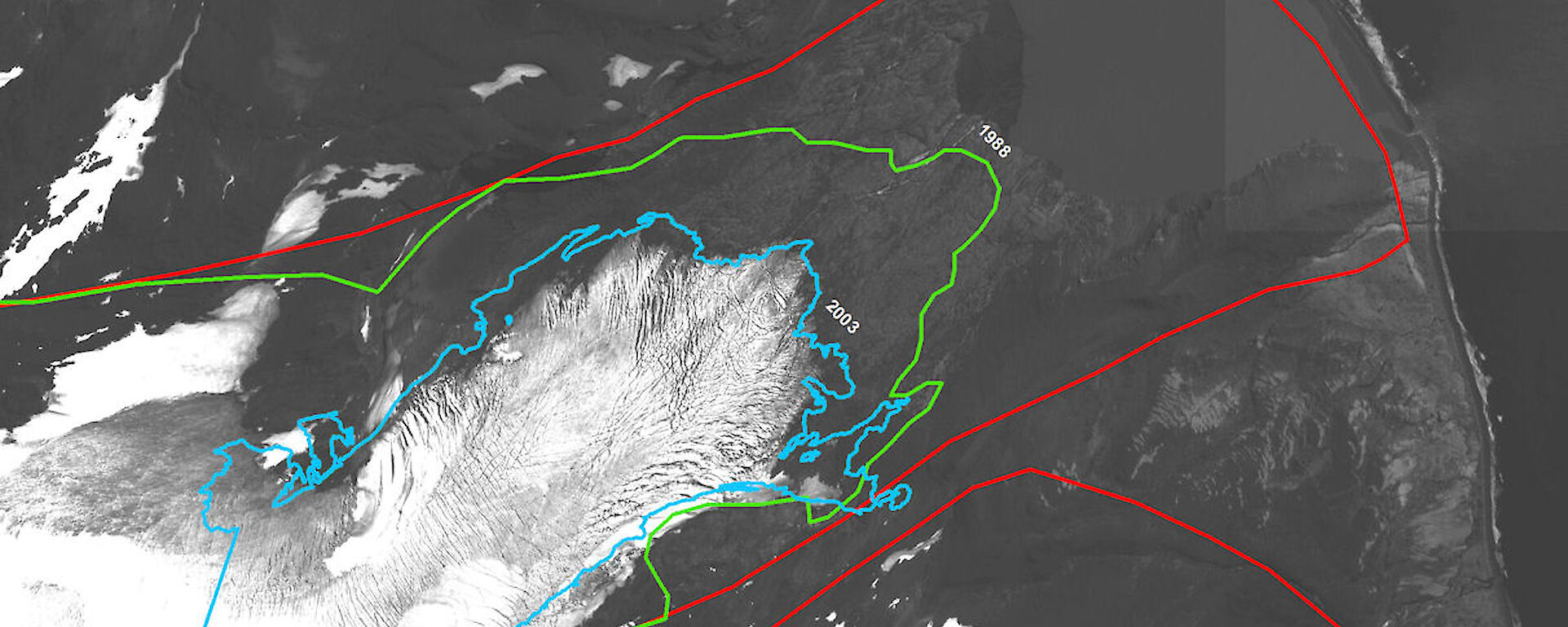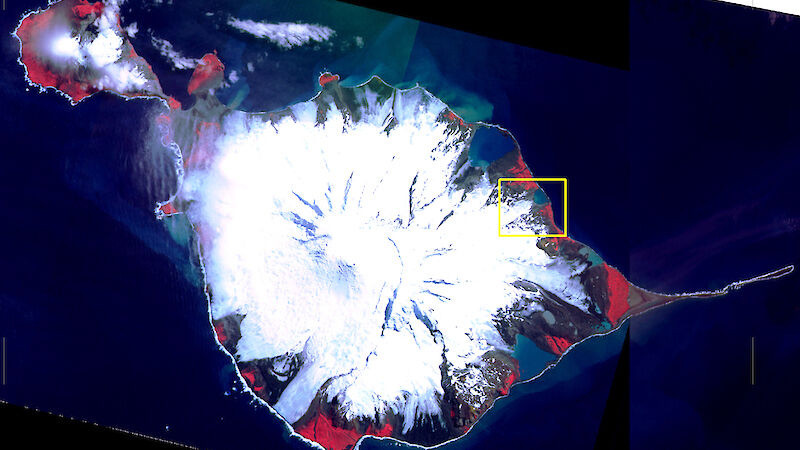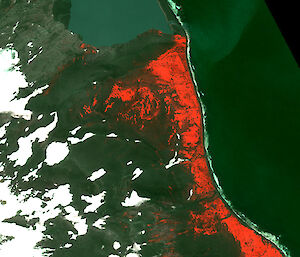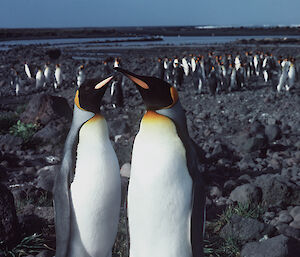Recent satellite images show that environmental changes, including glacial retreat, are occurring at Australia’s World Heritage listed Heard Island.
A new project to develop techniques for detecting environmental change from satellite imagery will allow the Australian Antarctic Division (AAD) to remotely keep watch on this important sub-Antarctic sentinel.
Director of the AAD, Dr Tony Press, said that although Heard Island is not visited often, the environment is continually changing due to volcanic activity, extreme weather and climate change. This is evident by comparison of recent satellite imagery with earlier images.
“Heard Island’s dynamic environment and the virtual absence of human impacts makes it an important sentinel for climate change and a significant location for Australian scientific research. We know it is undergoing substantial physical and biological change as a result of climate change and natural pressures, such as volcanic activity,” he said.
“Approximately 70% of Heard Island is covered by glaciers. In addition, volcanic activity has been observed at Heard Island since the mid 1980s, with fresh lava flows on the southwest flanks of the island. Nearby McDonald Island is also volcanically active, and satellite imagery taken in 2004 showed it had more than doubled in size during the previous decade from about 1 to 2.5 square kilometres.”
Heard Island and McDonald Islands is an isolated sub-Antarctic island group located in the Southern Ocean, about 4000 kilometres south west of mainland Australia. The AAD has responsibility for managing the islands and adjacent 65,000 square kilometre marine reserve but due to cost and practical constraints, cannot make frequent visits.
“This remote sensing project is a cost-effective and low impact means of supporting the AAD’s management of Heard Island,” said Dr Press.
“The techniques developed to analyse satellite imagery will provide us with information about changing features such as the coastline, glaciers and vegetation. The project will also develop a range of digital products that will be made publicly available over the internet, to help bring the spectacular World Heritage values to the community.”
The few isolated islands in the Southern Ocean are biological 'hot spots' – characterised by very high numbers of breeding and non-breeding seabirds and marine mammals. Vast colonies of penguins and petrels co-occur with harems of elephant seals and fur seals that call Heard Island home.
Dr Press said that Heard Island’s volatile landscape provides a fascinating natural laboratory for the AAD’s scientists.
“The landscape is constantly changing due to natural processes such as volcanism, strong winds and large waves. Climate warming is causing the retreat of glaciers and the expansion of lagoons and ice-free areas which are now available for colonisation by plants and animals.
“The presence of glaciers on Heard Island provides an excellent opportunity to measure the rate of glacial retreat as an indicator of climate change. Studies have shown that Heard Island’s Brown Glacier retreated 50 metres between the summers of 2000/01 and 2003/04, contributing to a retreat of approximately 1.1 kilometres since 1950.
“It’s likely that environmental warming will result in continued decrease in ice cover on Heard Island. This type of research will provide insights into the variability and broader effects of climate change in the Southern Ocean, and further south towards Antarctica. It also provides an early warning signal of the rate of climate change.”
New Google Earth layer brings Heard Island to the world
People all around the world will have an opportunity to take a closer look at the Heard Island and McDonald Islands Marine Reserve through a new collaboration led by the International Union for the Conservation of Nature.
A marine protected area (MPA) layer in the interactive mapping tool, Google Earth, was launched today to bring images, stories and information about marine conservation to millions of desktops around the globe.
The Heard Island and McDonald Islands Marine Reserve is an area of outstanding conservation significance, with conservation values recognised at both a national and international level.
The marine environment surrounding the islands features diverse and distinctive benthic habitats that support a range of slow growing and vulnerable species including corals, sponges, barnacles and echinoderms. The waters of the Reserve also include prime foraging areas for a number of land-based marine predators, and provide nursery areas for a range of fishes, including commercially harvested fish species.





